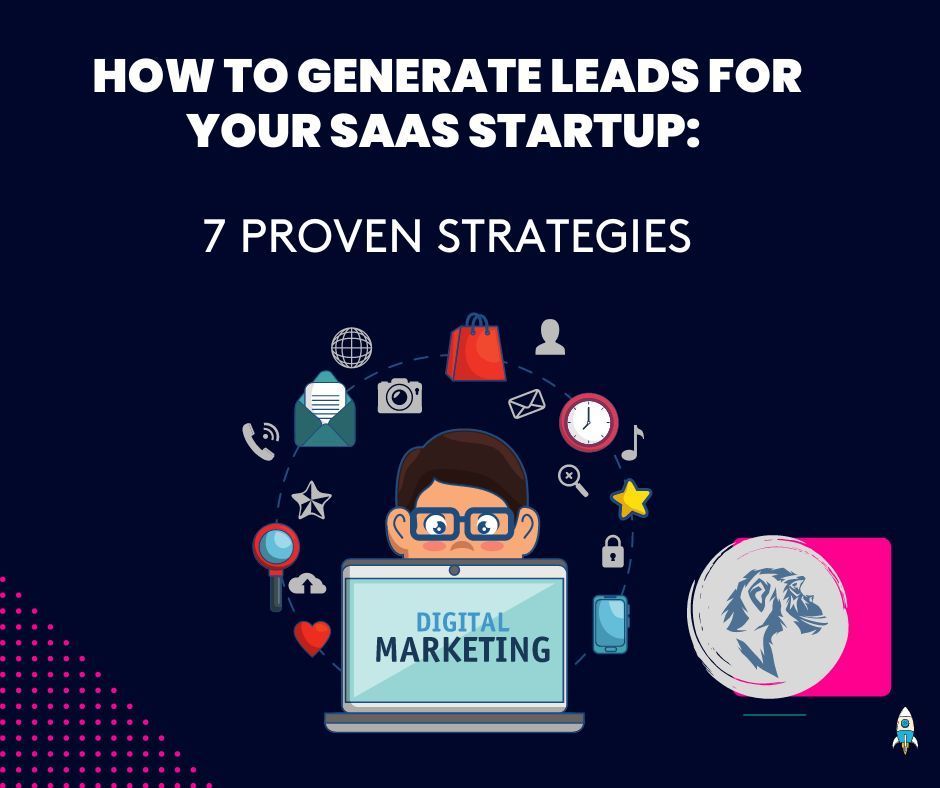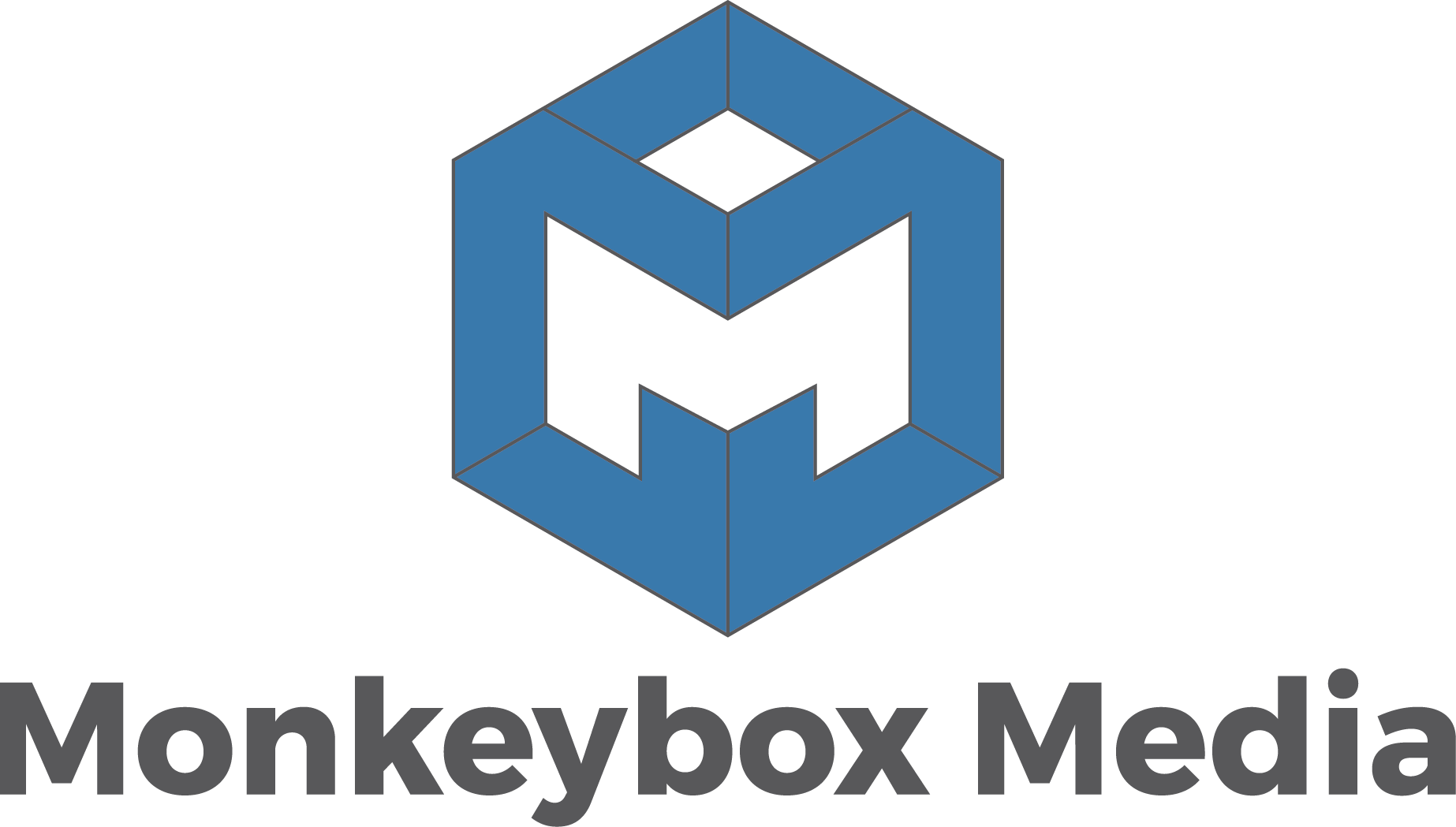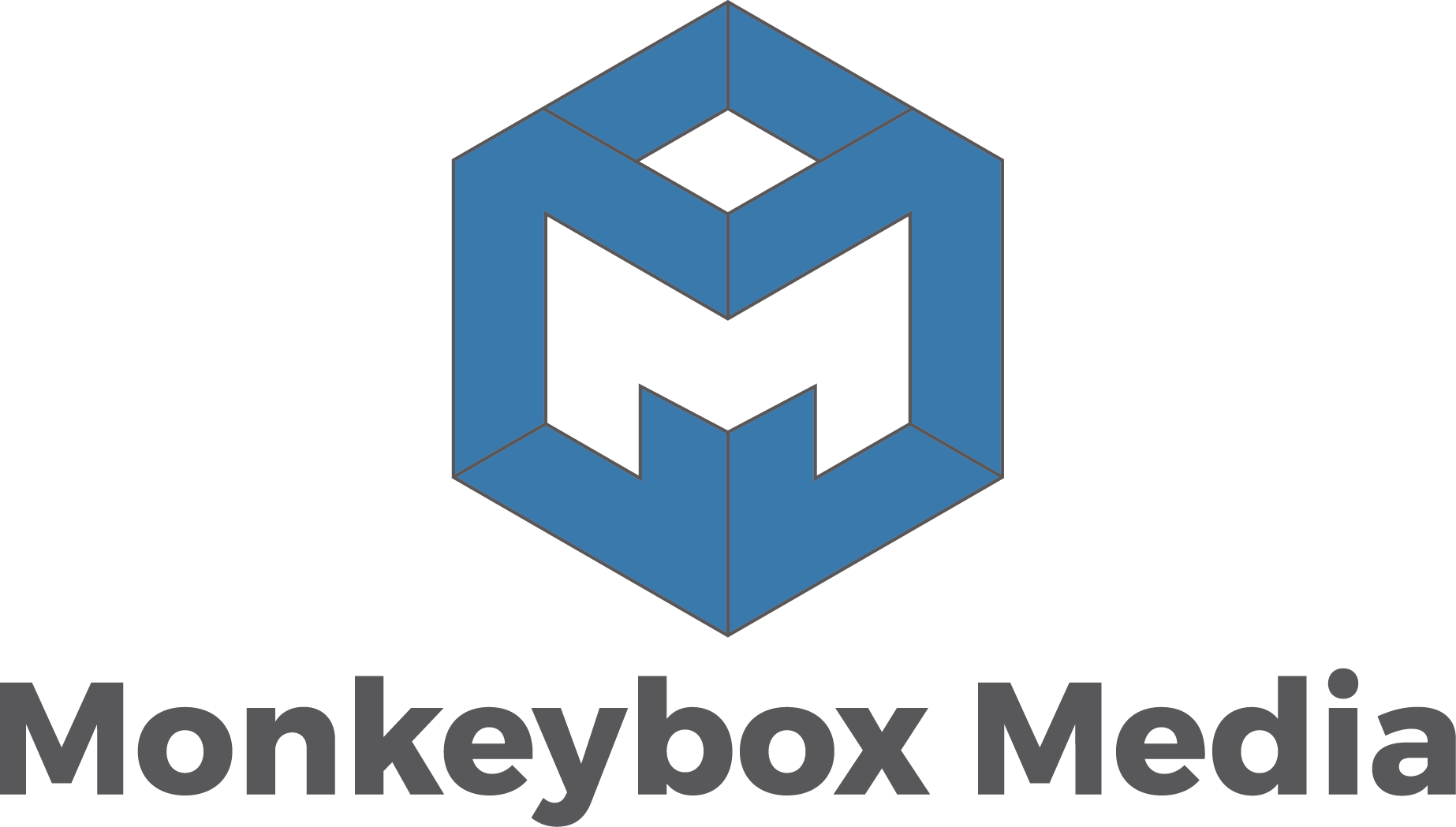Get in touch
hello@monkeybox.media
How To Tailor Your SaaS Subscription Model to Different Customer Segments
How To Tailor Your SaaS Subscription Model to Different Customer Segments

Sticking to a one-size-fits-all subscription model is the pricing equivalent of wearing a straight-jacket. Nevertheless, SaaS companies worldwide continue restricting growth by failing to capture their user base's unique preferences and varying financial thresholds.
Wouldn’t you like to predict exactly what each segment of your market needs and is willing to pay? Without precise segmentation, you’re essentially guessing.
It’s time to Houdini yourself out of the straitjacket. When you do, you can begin strategically flexing your SaaS subscription model to fit different customer segments and uncover a new level of business agility and growth. The question is: are you ready to break the shackles and find a new way to engage, satisfy, and retain customers across all touchpoints?
RELATED:
The Definitive Guide to SaaS Pricing Strategies for Market Leaders
Why You Need to Segment Your Software Subscription Pricing
Segmenting your software subscription pricing directly impacts the viability and competitiveness of your SaaS brand in the market. Different customer groups have distinct needs and financial thresholds, and adapting your pricing to these variations is crucial.
Sales Manago points out that nearly 80% of marketing ROI comes from well-segmented, targeted, and triggered campaigns. 70% of consumers report that they are more likely to pay attention to products that are personalised.
Segmentation starts by boosting
customer acquisition. It provides entry points at various price levels, making your product appealing and accessible to everyone—from green and eager startups to well-established enterprises.
As your customers grow and their needs evolve, your flexible pricing plans evolve with them. Congratulations—you’ve just leveled up your
customer retention rates. Adaptability signals to your customers that you really get them.
Then, there’s your
profit margins, which get a serious lift when you adjust your prices within each segment to mirror true value and demand. You maximise revenue from every corner of your market, all while staying competitive.
Reduced
churn rates naturally follow. Customers are less inclined to look elsewhere when they see the unique value you’re offering—value that’s crafted just for them.
Efficiency in
resource utilisation? Absolutely. Segmentation lets you see which features or services are hitting the mark with specific segments. Armed with this insight, you can allocate your development efforts more effectively to sharpen your focus and boost your ROI.
And if that all wasn’t enough, segmentation means you can broaden your
market reach. You'll introduce customised offers that meet the distinct needs of new segments, enhancing your appeal without diluting the value perceived by your current customers.
Segmentation Fundamentals for Your SaaS Subscription Model
Nailing your segmentation is like assembling a puzzle; each piece represents a fundamental strategy that, when put together, shapes a clearer picture of your marketplace.
Dig Into the Data
Start by mining your data for gold. With advanced analytics, you can unearth usage patterns crucial for refining your SaaS subscription model. Are there trends tied to business size or specific software needs?
These insights enable you to segment with precision, paving the way for software subscription pricing strategies that resonate perfectly with your target audience. You need to understand your customers and craft your approach to meet their unique needs.
Build Personas That Propel Profits
Bring your customers to life with detailed buyer personas. These aren’t just generic sketches; they’re based on real user data, refined continuously through feedback and interactions.
With these personas, you can tailor your SaaS subscription pricing models and marketing efforts with pinpoint accuracy. Personas become your roadmap, guiding every decision to ensure it resonates with the individuals who matter most to your business.
Map Your Market
Take a close look at your competitors and the broader market. Analyse your competitors’ SaaS subscription pricing models and identify gaps in the market. Where are they falling short? By dissecting these tactics, you can identify underserved areas that are ripe for your SaaS to make a significant impact.
Also, keeping an eye on industry trends helps you anticipate shifts and adapt your offerings. This proactive approach ensures you stay ahead of the curve, continually refining your strategy to seize opportunities the moment they arise.
RELATED:
Why Integrating Flexibility Into SaaS Billing Models Attracts More Conversions
5 Ways To Segment Your SaaS Subscription Model Pricing
Crafting the right pricing strategy for your SaaS subscription model is like selecting the perfect wine pairing—it needs to fit just right. Different pricing structures appeal to different types of users and can significantly impact how your product is perceived and consumed.
Here are five effective ways to segment your software subscription pricing. Each meets specific needs while maximising growth and satisfaction.
User-Based Pricing Segmentation
User-based pricing is all about scalability. It works beautifully for solo entrepreneurs and large enterprises, aligning with every business stage's budget and functional needs.
It offers customers the flexibility to select, upgrade, or downgrade plans as their requirements evolve, keeping satisfaction high and making the pricing model easy to implement and understand.
This approach simplifies customer acquisition and streamlines the onboarding process. For example, Slack uses a tiered pricing structure based on user numbers, designed to seamlessly accommodate teams as they expand from a few to many.
Value-Based Pricing Segmentation
Value-based pricing sets levels according to the benefits and features perceived by different customer segments. This method directly addresses each group's unique pain points, enhancing the product’s relevance and desirability.
By aligning price with perceived value, companies maintain customer loyalty and minimise churn, fostering long-term relationships. Salesforce employs this strategy by offering different editions of its CRM software at various prices. Each tier provides functionalities that align with differing needs, from small businesses to large enterprises.
Usage-Based Pricing Segmentation
With usage-based pricing, customers pay only for what they actually use, from data storage capacities to transaction volumes. This model is perfect for industries with variable usage patterns as it aligns costs directly with consumption, offering a fair and flexible pricing model.
It encourages users to scale their usage according to business needs without the pressure of substantial price jumps. AWS (Amazon Web Services) exemplifies this model with its pay-as-you-go pricing, allowing businesses to adjust their expenses based on actual service usage.
Location-Based Pricing Segmentation
Adjusting prices based on regional economic conditions and purchasing power can make your SaaS subscription model more accessible across diverse markets. This segmentation is crucial for entering new markets and is tailored to address each area’s financial and cultural specifics.
Such strategies require extensive market research to ensure that pricing remains competitive and profitable. Adobe, for example, modifies the pricing of its Creative Cloud software based on geographic location, optimising revenue while keeping its products affordable and appealing worldwide.
Demographic-Based Pricing Segmentation
Demographic-based pricing tailors plans to resonate with specific groups based on characteristics like age, income, or occupation. This approach allows for differentiated feature sets that cater to unique needs, such as those of freelancers, SMBs, or large corporations.
It helps avoid overcharging customers for features they don’t need, thereby enhancing satisfaction and retention. Spotify effectively demonstrates this strategy with its subscription plans, including a student package priced lower than the standard plan. This package also includes added entertainment value aligning with student budgets and preferences.
RELATED:
How an Adaptive Pricing Strategy for SaaS Keeps You Competitive in a Dynamic Market
What Are the Pitfalls of Price Segmentation?
While segmenting your SaaS subscription pricing models can potentially lead to precise market targeting and increased revenue, it's not without its challenges. Recognizing these risks is crucial to mitigating them effectively and harnessing the full potential of your pricing strategy.
The Threat of Market Cannibalisation
When you introduce lower-priced plans in your software subscription pricing, there's a risk they might undercut your higher-value options, diluting overall profitability. If you frequently change prices or introduce too many tiers, it could devalue your brand's perceived worth.
Customers might even gravitate toward cheaper alternatives, even when higher-priced plans offer significantly better value.
Market cannibalization can eat into your profits and reduce the overall effectiveness of your SaaS subscription model.
Confusion Across the Board
Offering a multitude of pricing options within your SaaS subscription model can overwhelm and frustrate customers. This overload can lead to decision fatigue, causing potential buyers to delay purchases or, worse, opt for simpler competitor offerings.
If your pricing messages are inconsistent or the structure overly complex, you risk driving potential users away as they struggle to understand what they’re paying for and why.
Misalignment of Incentives
It’s vital to ensure that the incentives offered across different pricing tiers of your SaaS subscription model align with user expectations. If they don’t, customer satisfaction can plummet.
A poorly structured pricing strategy can hinder users' natural progression to higher tiers, stalling revenue growth. If incentives aren’t coherent across tiers, it can create internal confusion about the company’s objectives, complicating both strategy execution and team alignment.
Over-Segmentation Hazards
Over-segmentation in your SaaS subscription pricing models can introduce its own set of problems. Excessively granular segmentation might make managing and scaling your offerings more complex than beneficial, leading to higher operational costs with minimal return on investment.
Spreading your resources too thinly across numerous small segments can dilute your efforts' effectiveness, reducing the impact where it might be needed most.
Your Step-by-Step Guide To Price Segmentation Success
Implementing a systematic approach to price segmentation maximises effectiveness and minimises risks, ensuring your SaaS subscription model remains dynamic and perfectly aligned with customer needs.
Here's a structured process to guide you through setting up a successful pricing strategy.
Step 1 — Analyse Segments and Build Profiles
Gather and analyse customer usage and behavioral data to identify viable segments for your SaaS subscription pricing models.
Develop detailed profiles that encapsulate the characteristics and needs of each segment, ensuring that each is substantial enough to warrant its own tailored strategy. Conducting this initial analysis helps you understand who you’re selling to and what they expect from your software subscription pricing.
Step 2 — Establish Pricing Structures
Determine the price points that accurately reflect the value delivered to different segments within your SaaS subscription model. Adopt flexible pricing models that can accommodate changes in customer usage and market dynamics.
It’s essential to set prices that are attractive to customers while ensuring they remain profitable for your business. This step helps stabilise your SaaS subscription pricing models against market fluctuations and evolving customer expectations.
Step 3 — Package the Features and Start Educating
Design packages that meet the specific needs identified in each segment of your SaaS subscription model. Communicate effectively the benefits and distinctions of each package, making it clear why each tier is priced the way it is.
Train your sales and support teams to understand and accurately sell these segmented offerings. You want to know that your team can advocate for your SaaS subscription pricing models effectively to enhance customer understanding and acceptance.
Step 4 — Continually Optimise the Cycle
Regularly review how each segment responds to your software subscription pricing strategy. Refine pricing and features based on feedback and changing market conditions, ensuring your offerings remain relevant and competitive.
Schedule periodic reviews to reassess your segmentation strategy and its alignment with overall business goals. This continuous optimisation cycle is vital to maintaining the effectiveness of your SaaS subscription pricing models and ensuring they adapt to meet current and future customer needs.
RELATED:
Key Elements That Form a Strong SaaS Pricing Strategy Foundation
Master Your SaaS Subscription Pricing With Monkeybox Media
We've shared the blueprint—how effectively segmenting your SaaS subscription pricing models is a fundamental growth strategy for market penetration, enhanced customer retention, and revenue maximisation.
A well-executed pricing segmentation strategy positions your SaaS product not just as a leader ready to meet diverse customer needs and transition prospects into loyal users.
Now, you're at a pivotal moment. You could navigate the intricate world of SaaS subscription pricing on your own, experimenting with different structures and strategies to find what works. Or, you could collaborate with experts who have perfected the craft of doubling your monthly recurring revenue in record time. That’s us,
Monkeybox Media.
We're not just filling in the blanks; we're constructing a powerful growth system that launches you to the forefront of the SaaS industry.
Ready to elevate your game? Fantastic. Let’s surpass those goals together. Book your
Free Growth Strategy Discovery Call
today and transform your approach to SaaS subscription pricing into a resounding success.


Tel: (+44) (0) 2070976617
Address: 4th Floor, Silverstream House
45 Fitzroy Street, Fitzrovia
London
W1T 6EB
All Rights Reserved | Monkeybox Media








